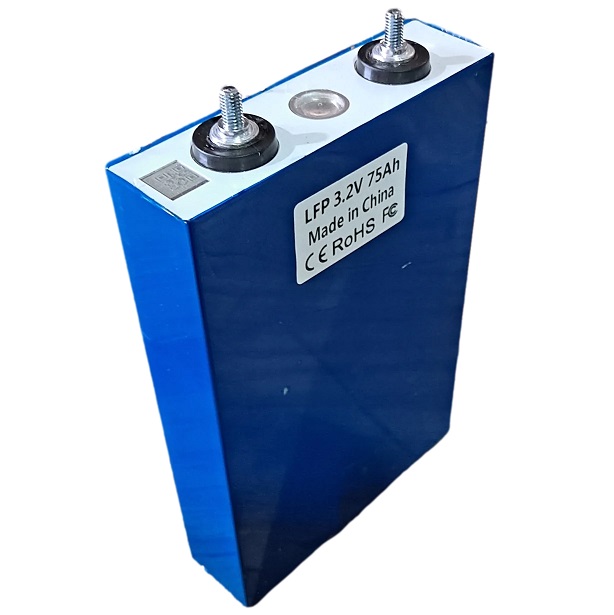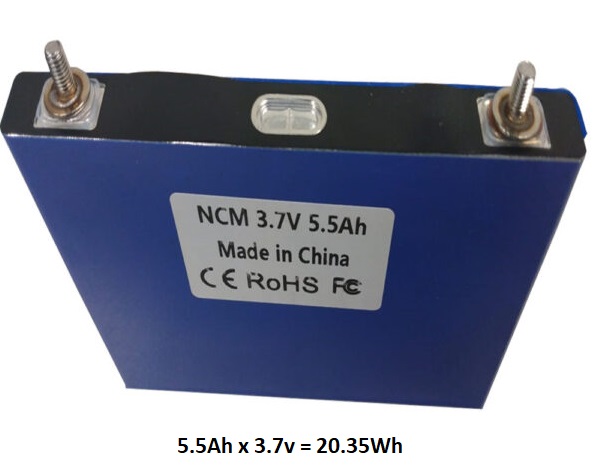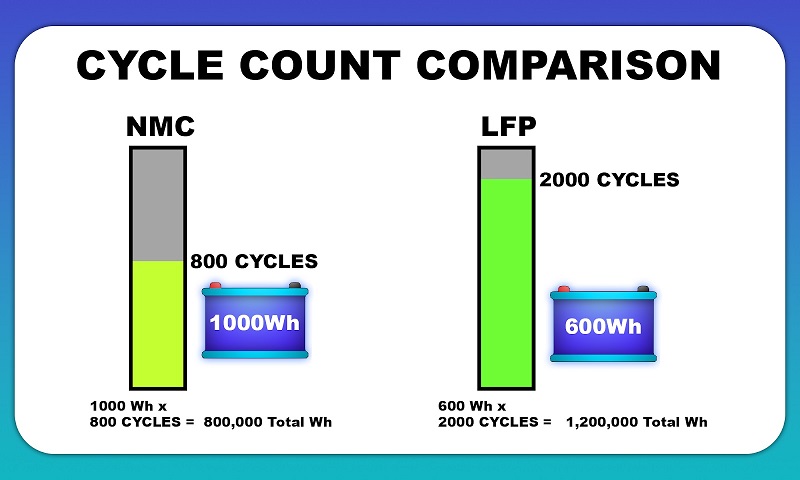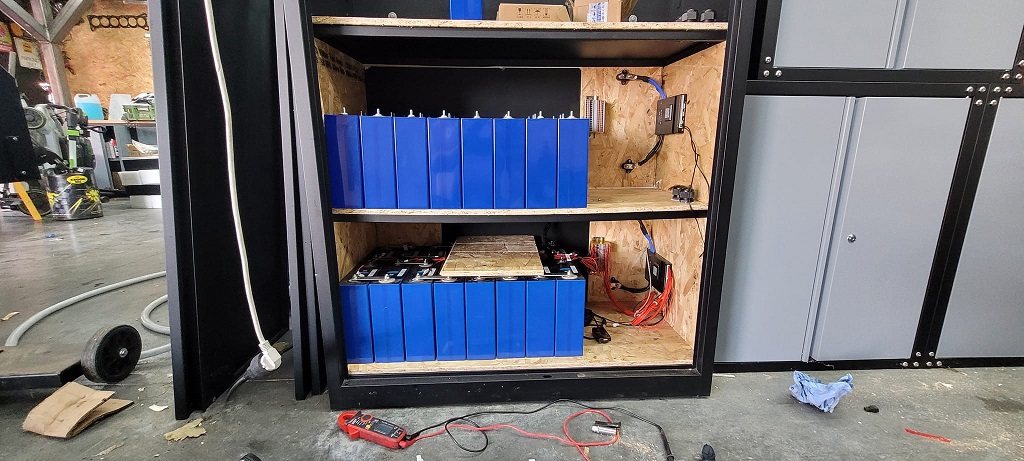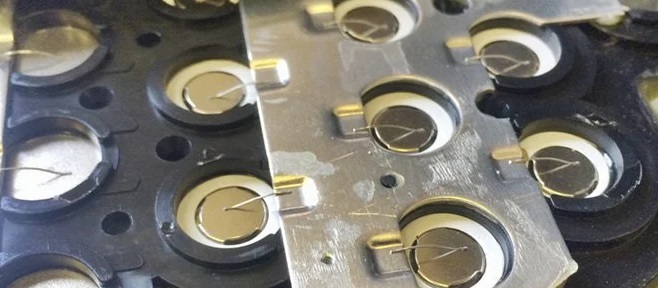
Is LFP More Expensive Than NMC Batteries?
Table of Contents
Cylindrical LFP cells are generally more expensive than standard (NMC) cells because LFP production has not fully ramped up to NMC levels, but large format LFC cells are actually lower cost (about 30%) than NMC cells of the same size due to the lower manufacturing cost for the internal chemistry.
Are LFP Batteries Cheaper to Produce?
LFP (Lithium Iron Phosphate also LiFePo4) batteries indeed have a lower material cost compared to NMC (Nickel Manganese Cobalt) lithium-ion batteries. This is primarily due to the fact that LFP batteries require less rare earth minerals in their construction.
Rare earth minerals, as the name suggests, are relatively scarce and therefore expensive. They are a significant component in the production of NMC batteries. On the other hand, LFP batteries use iron and phosphate, which are more abundant and less expensive.
However, despite the lower material cost, LFP batteries can be more expensive than NMC batteries due to the economies of scale. NMC batteries are more commonly used, especially in the electric vehicle industry, and therefore benefit from larger-scale production, which reduces the per-unit cost.
As LFP production increases, it's expected that the cost of these batteries will decrease due to the same economies of scale. This is a key factor in the future competitiveness of LFP batteries in the market.
How Much Does A 100Ah LFP Battery Cost?
The cost of an LFP (Lithium Iron Phosphate) battery can vary significantly depending on its size and the specific requirements of the application it's intended for. Prices can range from as low as $100 to over $1000.
A commonly used size for an LFP battery is the 12V 100Ah model. The current market price for this type of battery typically falls between $250 and $600. However, it's important to note that with mass-market batteries, the quality often corresponds with the price. Therefore, a cheaper model priced at the low end of the spectrum may not consistently deliver a full 100Ah capacity.
Unfortunately, batteries are ripe with fraudulent listings on merchant sites, we put together this guide on how to know whether you are buying a fake battery or not.
How Much Does A 100Ah NMC Battery Cost?
The cost of a 100Ah NMC (Nickel Manganese Cobalt) battery also varies based on factors like quality, brand, and specific use case. Generally, NMC batteries tend to be more expensive than LFP batteries due to their higher energy density and more complex manufacturing process.
For a 12V 100Ah NMC battery, the price range is typically higher compared to LFP batteries. You might expect to pay anywhere from around $500 to over $1500. The higher cost reflects the advanced energy density and efficiency of NMC batteries, which are often used in applications requiring compact size and high power output, like electric vehicles and high-performance electronics.
Are LFP Batteries Better Than NMC?
LFP (Lithium Iron Phosphate) batteries and NMC (Nickel Manganese Cobalt) lithium-ion batteries each have their own strengths and weaknesses, making them better suited for different applications.
In certain respects, LFP batteries can be considered superior to NMC batteries. For example, LFP batteries are extremely safe they have a higher tolerance to heat, making them safer in high-temperature environments. This makes them better under the hood of a car or in a non-climate-controlled workshop. Also, they have a lower running voltage which makes it possible to create an almost-percent lead acid replacement. Another massive benefit of LFP cells is their extremely high cycle life.
LFP has its limitations, though. One of the major issues with LFP is their lower energy density compared to NMC cells. This means that for the same amount of space, less energy can be stored when using LFP cells.
What Is the Life Expectancy of LFP & NMC Batteries?
That is one of LFPs major advantages. The lifespan of an LFP battery typically ranges from 2000 to 5000 cycles which roughly translates to 5 to 10 years of regular use. This is in stark contrast to NMC batteries which are only good for 500 to 800 cycles. The fact that LFP cells last so much longer than NMC cells somewhat offsets the fact that LFP cells are more expensive. Sure the initial cost is higher, but you have to replace LFP batteries far less often, resulting in a net decrease in TCO (Total Cost of Ownership).
Best Application For LFP and NMC
The specific characteristics of LFP and NMC batteries make them better suited for different applications. For instance, NMC batteries are often used in electric vehicles due to their high energy density. This allows for a longer driving range, which is a critical factor for many consumers when purchasing an electric vehicle.
LFP batteries are commonly used in DIY powerwalls due to their long cycle life and stability. These systems often require batteries that can withstand numerous charge and discharge cycles without significant degradation in performance.
LFP battery technology is also used in applications where safety is a primary concern, such as in medical devices or aviation. Their high thermal stability reduces the risk of overheating and potential fire hazards, making them a safer choice in these critical applications.
